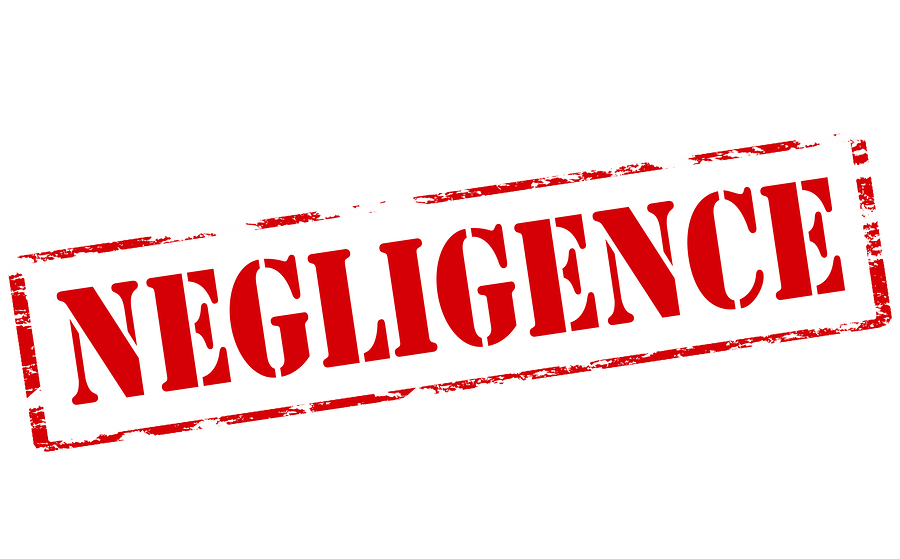The Five Things You Need To Prove Negligence In A Personal Injury Case
 Michael Babboni
Personal Injury
Negligence is a legal term for when the actions of one party caused damages to another. If you’ve been injured in an accident, in order to get the largest settlement, you will need to prove negligence. There are five things that courts require in order for you to prove negligence. Understanding these five things can help you collect the evidence you need to win your case:
Michael Babboni
Personal Injury
Negligence is a legal term for when the actions of one party caused damages to another. If you’ve been injured in an accident, in order to get the largest settlement, you will need to prove negligence. There are five things that courts require in order for you to prove negligence. Understanding these five things can help you collect the evidence you need to win your case:Duty: Duty is basically what the defendant legally owes the plaintiff. Duty can basically be understood as what a reasonable person would consider a duty in certain situations. Some good examples of duty are:
● The duty of all drivers to follow the laws of the road
● The duty of property owners to provide a safe environment for visitors
● The duty of manufacturers to create safe products and warn people of product risks
Duty is legally complex. Therefore, in civil cases it is typically the judge and not the jury that determines whether or not the defendant had a duty to the plaintiff in a case.
Breach Of Duty: Once duty has been established, the next piece is determining whether or not the defendant breached their duty. A breach of duty is usually defined as the defendant not exercising a reasonable amount of care in fulfilling their duty. For example:
● A driver speeding
● A property owner not repairing or warning people about broken stairs
● A manufacturer not warning people about a known health risk associated with their product
Cause In Fact: The next thing you will have to prove is that the breach of duty caused an injury. Cause In Fact is basically proving that if it wasn’t for the actions of the defendant the plaintiff wouldn’t have injuries. Examples would be:
● The defendant was speeding and rear ended the plaintiff’s car causing injury
● The plaintiff fell and injured themselves because the steps were broken
● The defendant didn’t adequately warn the plaintiff about the health risks of a product and as a result the plaintiff experienced an injury
Proximate Cause: Proximate cause is the amount of responsibility when causing an accident. A defendant is only negligent for the injuries they caused by their actions. A good example of this is if the driver was injured by defendant's negligent act of speeding. Then on the way to the hospital is hit by another driver, the first defendant is not responsible for the subsequent injuries. Even though arguably, the plaintiff would never have been put in the situation of going to the hospital had it not been for the defendant’s negligence.
Damages: Finally, in any personal injury case you have to prove damages. Damages are a legal term for an harm that usually includes physical injury and property damage. The damages need to be a direct result of the actions of the defendant. For example, if someone is speeding and hit the plaintiff’s vehicle but they car incurs no damage and the plaintiff isn’t injured, there is no cause for a case.
Proving these five things requires a lot of knowledge about the legal system. You have to understand the legal code and gather a lot of evidence. Negligence is hard to prove on your own. The best thing you can do is hire a qualified personal injury attorney.
The St. Peter Lawyer Michael Babboni can help. Michael has decades of experience providing courts the must-needed evidence to prove liability. He will review your case and help you determine the duty, causation, and value of your damages. Contact him today for a free consultation to learn how he can help you prove negligence in your personal injury case.
